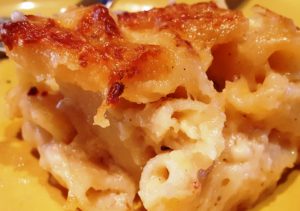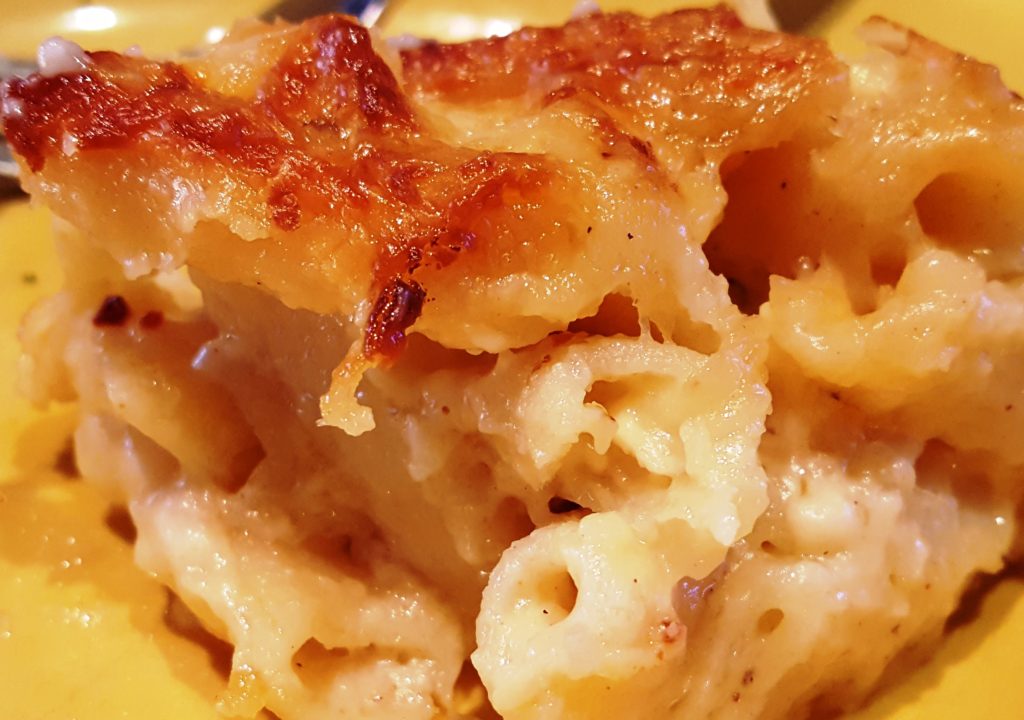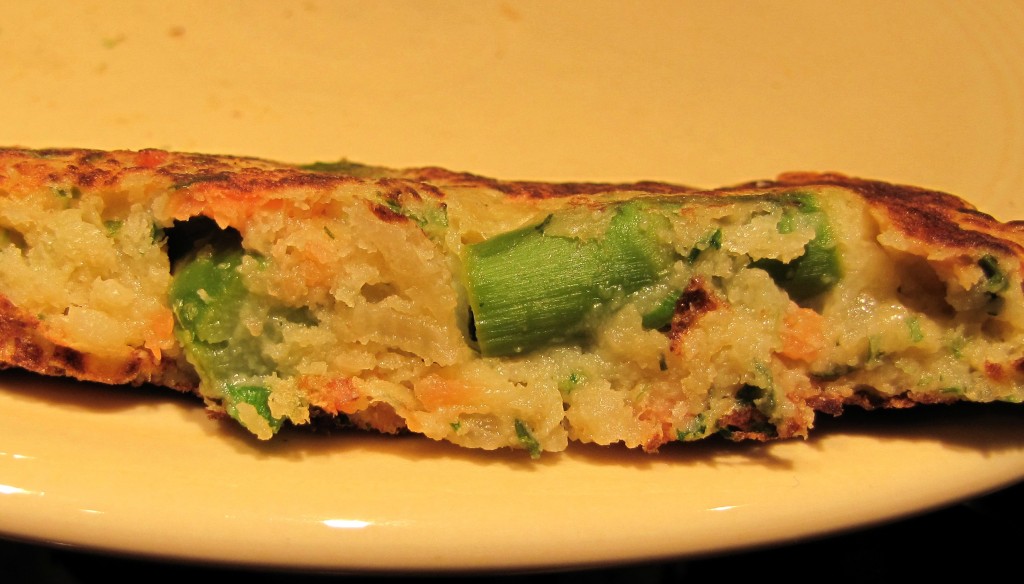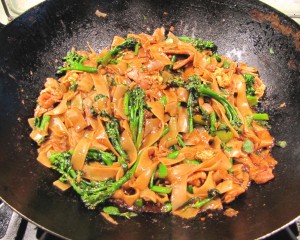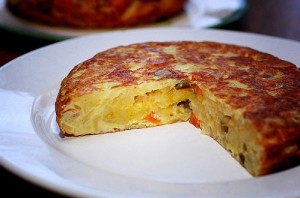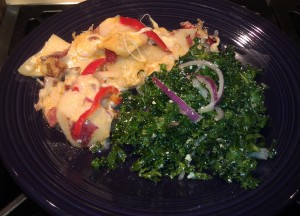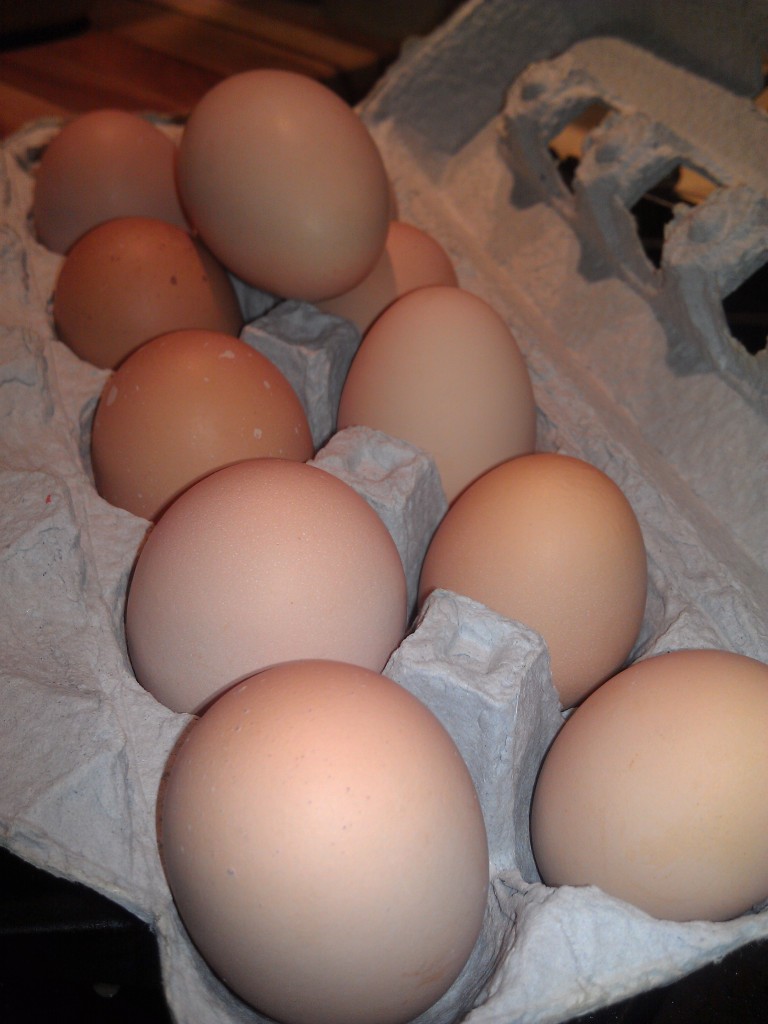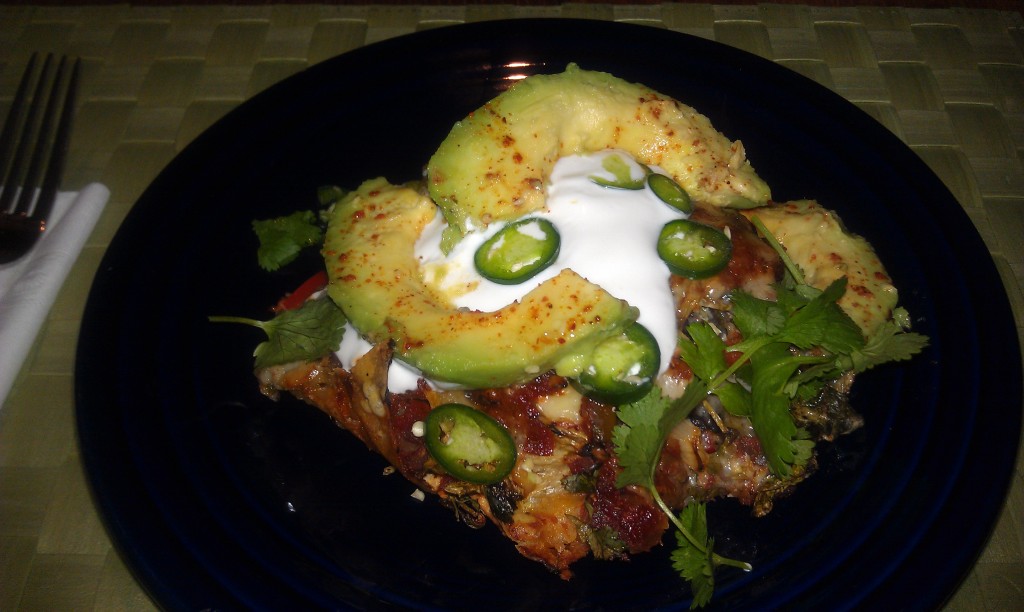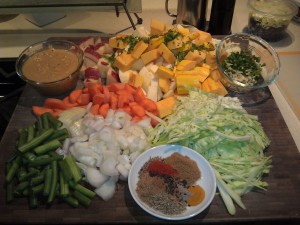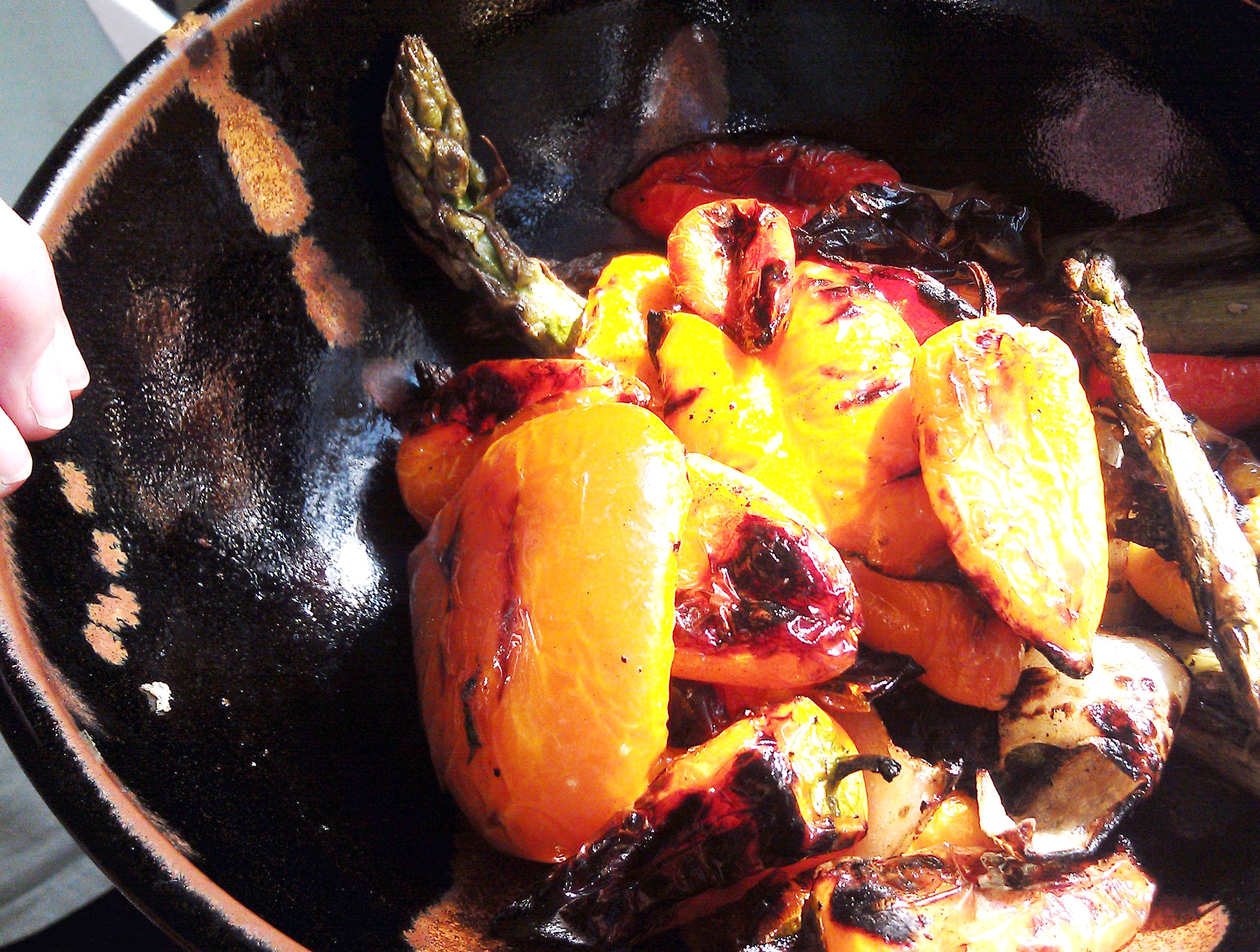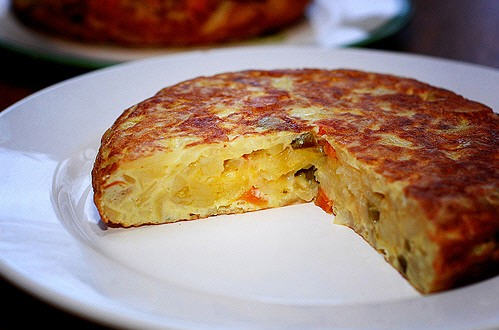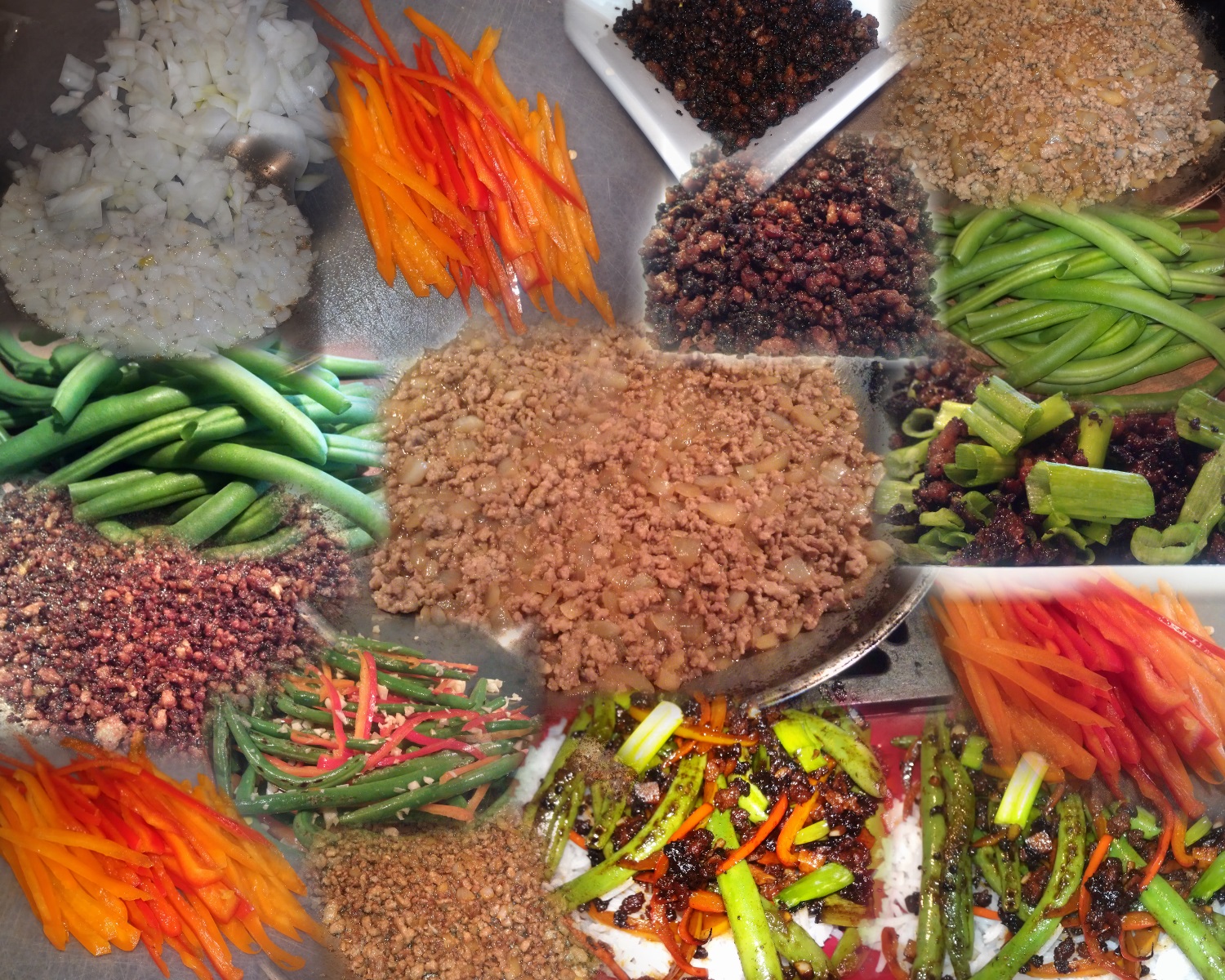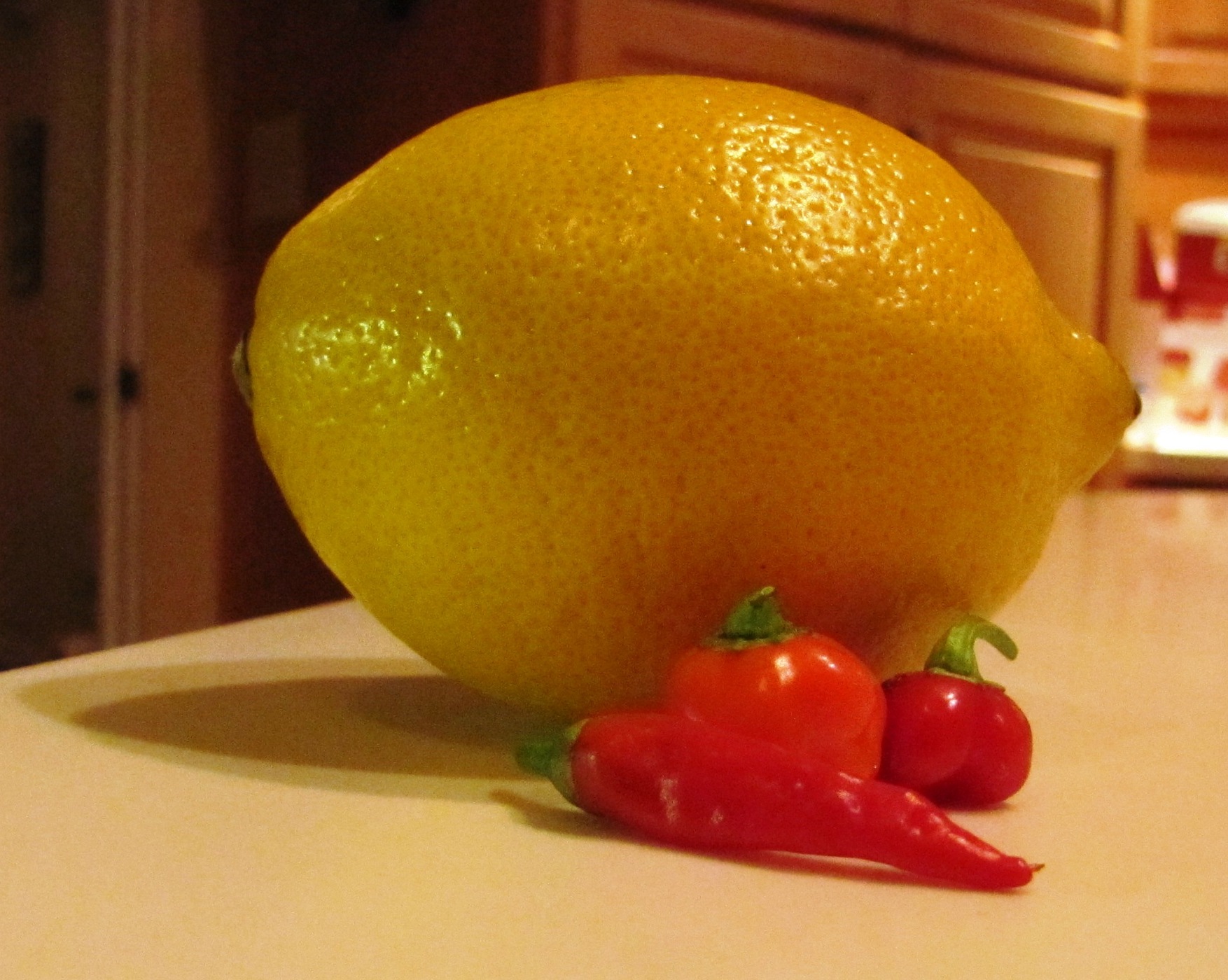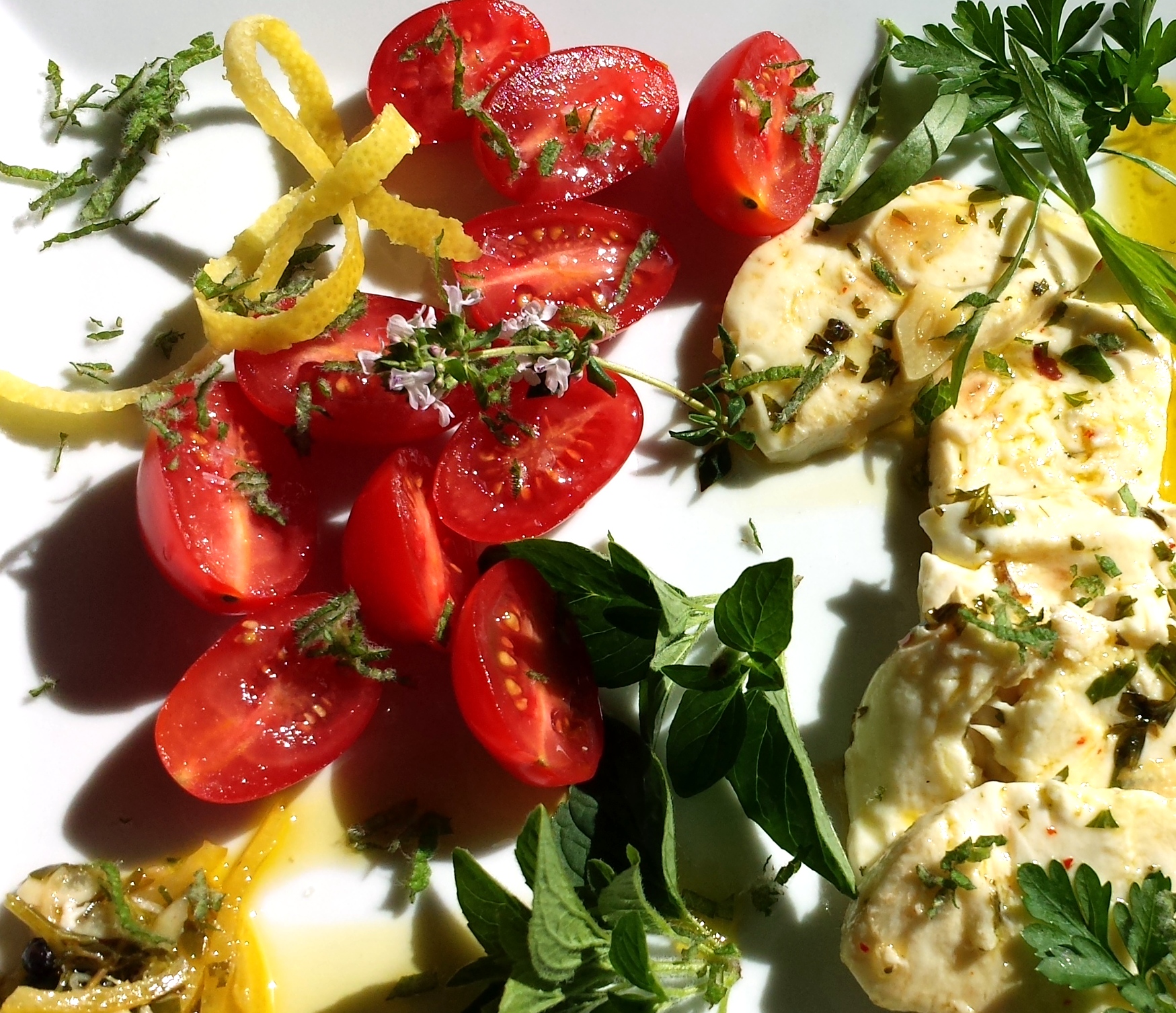We love our Mac and Cheese!
And there’s no reason Gluten Free Mac’n’Cheese should not be entirely as delicious, comforting and delightful as “the other kind”.
Follow along and you’ll see how two simple recipe modifications gives you a gluten free mac and cheese that is ready to comfort your family on a Sunday night, serve to guests (who you really, really like!) and make – quickly and easily – for yourself, when you just need a Mac’n’Cheese.
Ingredients (serves 4 as a solid side. Easily doubles. Or triples!)
- 7 oz. Rigatoni Gluten Free Penne Rigate (or other brand, I used Rigatoni and it was excellent)
- 6 oz. sharp Cheddar cheese, coarsely grated (I used Tillamook Sharp White Cheddar)
- 4 oz. Fontina, coarsely grated. I used a Danish fontina – Celebrity Brand – but any Fontina or other soft mild cheese will do wonderfully.
- 2 oz. Parmigiano Reggiano, grated fine
- 3 slices your favorite “plain” gluten free bread, chopped, then pulverized into bread crumbs in a blender or food processor.
- NOTE: If you like, you can then “toast” these bread crumbs in a skillet with about 1/2 tsp. butter, for a richer, moister flavor. This is optional, but a nice thing to do if you have time.
- 2 oz. – 4 pats – unsalted butter
- 1/2 C. tapioca starch. This is available at most supermarkets in the “grains” section where they have the individually bagged grains. Bob’s Red Mill is the brand I use, and I like it quite a lot.
- 1-1/2 C. whole milk
- 3/4 tsp. coarse salt
- 1/2 tsp. chipotle powder, divided
- 1/2 tsp. fresh ground (or powdered) nutmeg
- 1/2 tsp. garlic powder (OPTIONAL. If you are on a low FODMAPS diet, try substituting about 1 tsp. garlic infused oil – here’s a great technique for making infused oils for a low FODMAPS diet: Low FODMAP garlic infused oil – (opens in new tab).
Method
Heat a sauce pot over medium heat until hot and melt the butter. Add the tapioca flour and whisk briskly into the butter for two minutes until it is entirely absorbed and you can smell the flour cooking a bit.
Add the milk and whisk briskly for a few minutes, then keep cooking until you have a smooth, thick mixture. This will take about 8-10 minutes. Remove from the heat and add the salt, the grated Cheddar, the Fontina, half the chipotle (1/4 tsp), the nutmeg, and the (OPTIONAL) garlic / garlic infused oil.
Butter an 8″ baking dish (or, if you only have 9″ baking dishes, butter one of those, the Mac’n’Cheese just won’t be quite as tall in the dish).
Boil the pasta. IMPORTANT, trick 1! If your package directions read something like “boil for 7 minutes”, boil them, counting the time after the water returns to a boil, for 4 minutes. You should be just barely able to pierce the pasta with a fork.
In a large bowl, mix the pasta thoroughly with the cheese mixture and turn out into the prepared baking dish. Top with the finely grated Parmesan, your GF bread crumbs and the rest (1/4 tsp.) of the chipotle powder.
Pre-heat oven. IMPORTANT, trick 2! You’re going to cook the mac’n’cheese at two temperatures. This is super easy. Just set your oven to 325F. You’ll cook the pasta for 15 minutes, then turn the temperature up to 375 Fahrenheit degrees and cook for another 5 minutes (measure the 5 minutes from when the oven tells you it’s up to temperature). This gives you enough cooking time to properly finish cooking the pasta, along with enough heat – at the end – to give it a slightly crisp, browned top.
The finished pasta dish should be bubbling a little and beautifully browned on the top, as in the picture!



